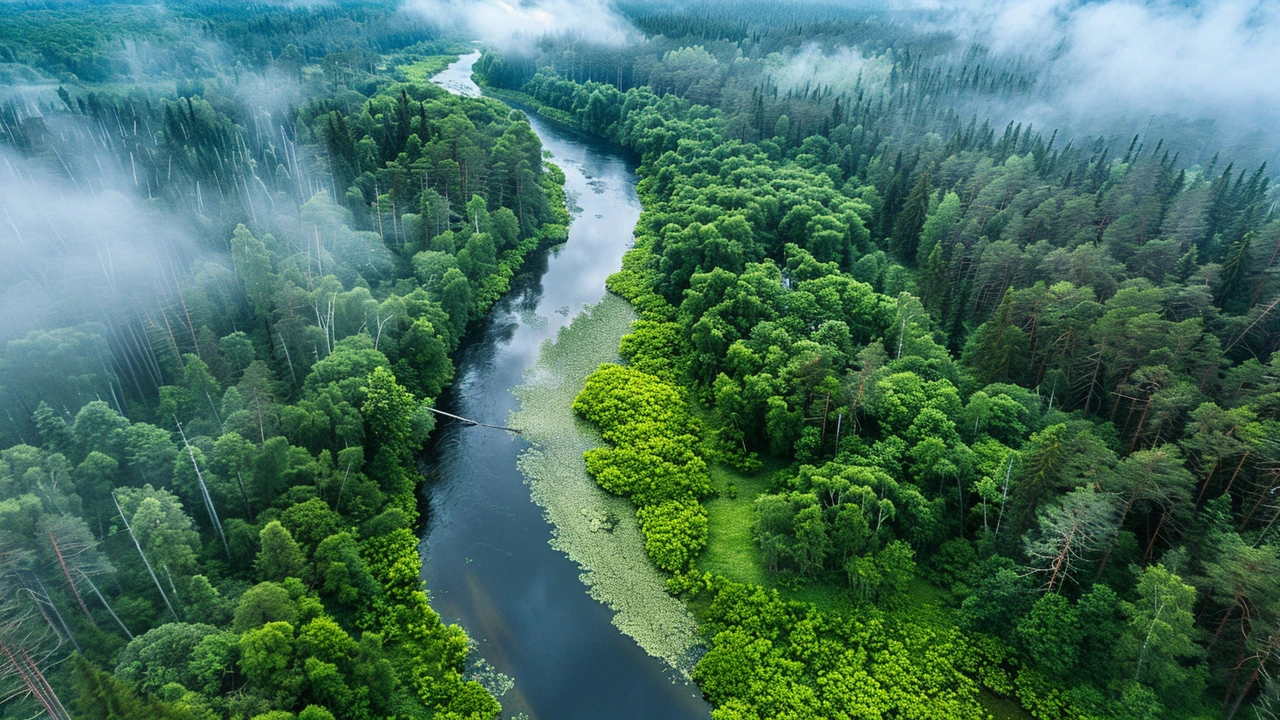Land Restoration: Easy Steps to Heal Soil and Nature
Ever wonder why some fields look tired while others burst with life? The answer often lies in how the land is treated. Land restoration means giving back what nature needs – healthy soil, water, and plants. Below you’ll find straight‑forward ideas you can start using today.
Why Land Restoration Matters
Healthy land feeds people, animals, and businesses. When soil loses its structure, crops struggle, streams get dirty, and wildlife disappears. Restoring land stops erosion, locks carbon in the ground, and brings back insects that pollinate food plants. In short, a little care today saves money and resources tomorrow.
Practical Ways to Restore Your Land
1. Plant Native Trees and Shrubs
Native species grow faster and need less water than exotic ones. A few rows of trees along field edges can cut wind, reduce runoff, and provide homes for birds. Choose local varieties that match the climate – they’ll thrive with minimal fuss.
2. Use Cover Crops
After harvest, sow fast‑growing grasses or legumes instead of leaving soil bare. Cover crops hold soil in place, add organic matter, and some even fix nitrogen for the next crop. You can till them under before planting again – it’s a cheap way to boost fertility.
3. Practice No‑Till or Reduced‑Till Farming
Turning the soil breaks up its structure and releases carbon. By limiting tillage, you keep soil microbes alive, improve water infiltration, and cut fuel costs. Simple tools like a chisel plow let you manage weeds without full inversion.
4. Create Buffer Strips
Strip a few meters of grass or vegetation along waterways. Buffers trap sediment, filter chemicals, and give fish a cleaner habitat. They also look nice – a green edge can be a point of pride for the community.
5. Add Organic Matter
Compost, manure, or even shredded leaves are gold for soil health. Spread a thin layer over fields or gardens and work it in lightly. The organic matter feeds microbes, holds moisture, and improves root growth.
6. Manage Water Wisely
Install simple rain barrels or small ponds to capture runoff. Use drip irrigation to give plants water exactly where they need it. Avoid over‑watering – too much can leach nutrients and cause erosion.
These steps don’t require a huge budget, just a willingness to try something new. Start with one practice that fits your land, watch the results, then add another. Over time you’ll see richer soil, greener plants, and more wildlife buzzing around.
Remember, restoring land is a marathon, not a sprint. Small actions add up, and every improvement makes the whole ecosystem stronger. So grab a shovel, plant a tree, or spread some compost – your land will thank you.

World Environment Day 2024: Urgent Call for Global Land Restoration Initiatives
Jun 5, 2024 / 7 Comments
On June 5th, the world marks World Environment Day, bringing attention to the critical need for land restoration. With 40% of Earth's land being degraded impacting half of humanity, it's a crisis linked to food security, water supply, and climate balance. UN's Decade on Ecosystem Restoration aims to drive efforts towards a sustainable and flourishing planet.
READ MORERECENT POSTS
- Jadon Sancho Returns to Manchester United Training After Resolving Disputes with Erik ten Hag
- Chelsea vs Wrexham: Pre-season Friendly Ends in Thrilling Draw
- ODM Leaders Accuse Governor Orengo of Sabotaging Ruto-Odinga Unity Pact
- Latest Developments in Federico Chiesa's Potential Transfer from Juventus
- India Secures Series Victory Against England in Exciting 4th T20I 2025 Showdown
